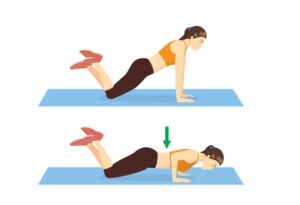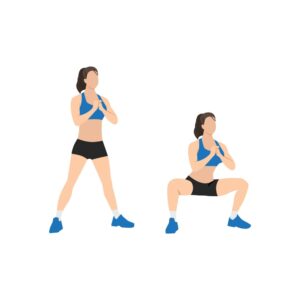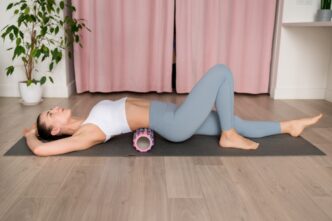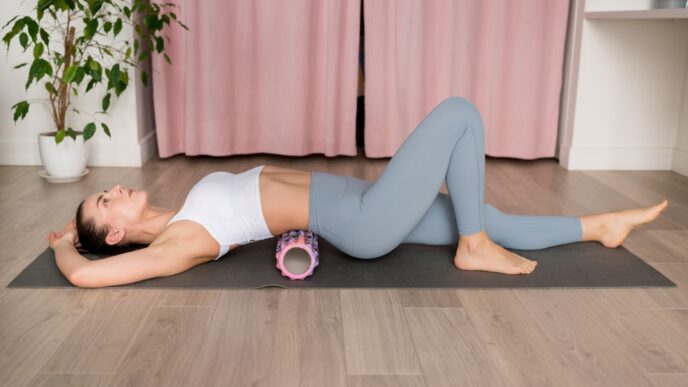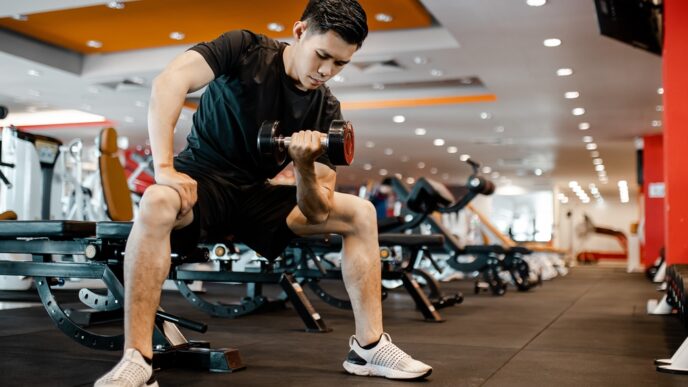When CrossFit coaches realized that there were obvious weaknesses in their training programme, hybrid training was born. Let’s see what fitness coach Wai Hoong has to share about this programme, and how you too can try it out at home.
WORDS WAI HOONG
 FEATURED EXPERT FEATURED EXPERTWAI HOONG Personal Trainer linktr.ee/waihoong |
Back in 2007, CrossFit took the fitness industry by storm. Inspired by the training underwent by the US Navy SEALs, it fuses weightlifting, gymnastics body weight exercises, and running.
Over the years, however, many CrossFit enthusiasts experienced injuries because of the complex, competitive and highly repetitive nature of the workouts. Even though the workouts are scalable, they are not all well rounded.
CrossFit coaches soon realized that there were obvious weaknesses in the training programme, and started to design more exercise-friendly, less competitive allrounder programmes known today as hybrid training.
Participants can vary and scale their workouts according to their fitness abilities and exercise safety, with some extra room to hone their competitive edge.
WHAT IS HYBRID TRAINING?
In a nutshell:
Strength Training + Endurance Training = Hybrid Training
A common example of hybrid training comprises resistance training and either running or cycling.
BENEFITS OF HYBRID TRAINING
Increases Basal Metabolism
- Due to the compound and intensity of the workouts, your body will continue to burn calories throughout the day and night after your workout.
Burns More Calories
- Excellent training method for anyone who wants to lose weight.
- Pair with a well-tailored meal plan alongside hybrid training and recovery, this would add a little more spice to your fitness journey.
Workout Anywhere
- The workouts are flexible and scalable, allowing you to make any adjustments according to how you feel on that day.
- You can choose to workout indoors or outdoors.
SIMPLE NO-FRILLS HYBRID TRAINING FOR BEGINNERS
What You Will Need
- A bicycle. If you prefer to cycle indoor, you can use a spin bike.
- Running shoes. If you prefer to run indoors, you can use a treadmill.
- Weights, such as dumbbells or barbells.
- Foam roll, optional. A good way to cool down after a workout.
Do Your Warm-Up First!
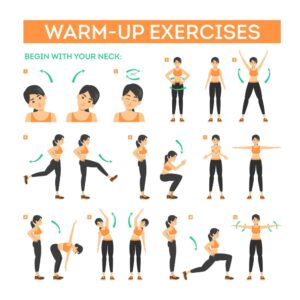
- Always start with proper warmup and mobility exercises.
- If you need a rest after your warmup, take a short break.
Choose Your Challenge Level
Level 1: Bodyweight Exercises + Cycling (Good for Beginners)
3 to 5 rounds of 10 repetitions each of the following:
Level 2: Bodyweight Exercises + Cycling (Intermediate Challenge)
- Run 3 km
- 10 to 15 repetitions of dumbbell renegade rows

- 10 to 15 repetitions of dumbbell goblet squats
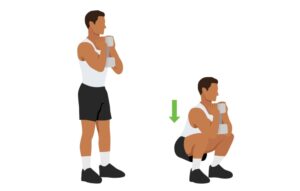
- 10 to 15 repetitions of dumbbell walking lunges

- 10 to 15 repetitions of dumbbell deadlifts
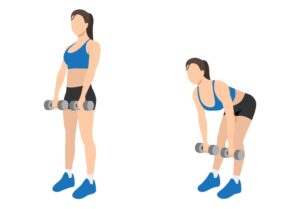
- Cycle 3 km
Level 3 (Advanced Challenge)
- 25 dumbbell thrusters, from squat to shoulder press
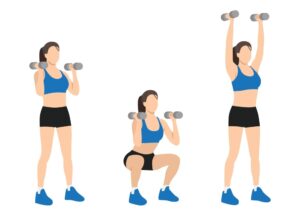
- Run 1 km
- 25 dumbbell deadlifts and rows
- Run 1 km
- 25 walking reverse lunges
- Run 1 km
- 25 hip thrusts
- Run 1 km
- 25 kickthroughs
- Run 1 km
- 25 bear crawls
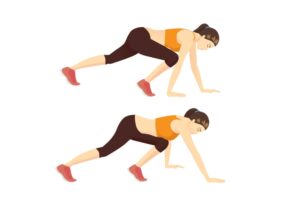
- Cycle 5 km
COOL DOWN WHEN YOU ARE DONE
- Always finish your workout with proper static stretching and cooldown.
- Foam roll when necessary.
| This article is part of our series on tips and advice for leading a healthy lifestyle. |



